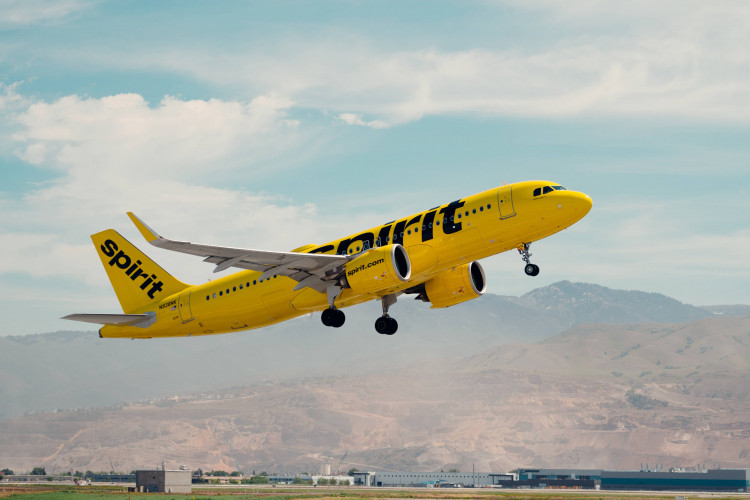Spirit Airlines (SAVE) shares surged by 12% in premarket trading on Friday after the budget carrier announced plans to cut jobs and sell planes in a bid to stabilize its finances and return to profitability. In a regulatory filing, Spirit outlined $80 million in annualized cost reductions that are expected to start early next year, primarily driven by a reduction in workforce that aligns with the airline's expected decrease in flight volume.
As part of its strategy to address financial difficulties, Spirit revealed a $519 million deal to sell 23 Airbus A320ceo and A321ceo aircraft to GA Telesis, a global provider of aircraft maintenance and component services. The sale, which will unfold from November 2023 to February 2025, is aimed at improving Spirit's liquidity, with net proceeds and debt discharge expected to provide the airline with a liquidity boost of approximately $225 million through the end of 2025.
The cost-cutting measures and aircraft sale come amid mounting challenges for the airline. Spirit has been grappling with financial pressure following the collapse of its merger with JetBlue earlier this year, which was blocked by a federal judge due to antitrust concerns. Since then, Spirit's stock has plummeted, losing 85% of its value as the company struggled to maintain profitability in a fiercely competitive market.
However, investors have reacted positively to Spirit's recent moves, signaling hope that the company may be able to avoid bankruptcy. The Wall Street Journal recently reported that Spirit is in the early stages of renewed talks with Frontier Group Holdings, the parent company of Frontier Airlines, regarding a potential merger. A previous attempt by Frontier to acquire Spirit failed when Spirit opted for the JetBlue merger, which was ultimately blocked.
Spirit's announcement of job cuts and fleet reductions comes as part of its broader effort to streamline operations. The airline acknowledged that its capacity is expected to decrease by the "mid-teens" next year, partly due to the sale of aircraft and challenges related to the availability of Pratt & Whitney engines, which are used in some of Spirit's planes.
While Spirit grapples with reduced capacity, major U.S. airlines like United, Delta, and American have reported strong passenger demand and profitability, particularly driven by higher-margin premium cabins. Spirit has sought to tap into this trend as well, with efforts to appeal to more premium passengers through new ticket bundles that offer enhanced services.
Spirit's financial struggles have prompted speculation about its future, with rumors circulating earlier this month that the airline was considering filing for Chapter 11 bankruptcy. The latest cost-cutting measures, along with the potential for a renewed merger with Frontier, have sparked optimism among investors that Spirit could find a way to stay afloat.
In its regulatory filing, Spirit acknowledged that its financial challenges remain significant but emphasized that it is committed to finding solutions that will enable it to return to profitability. "These cost reductions are driven primarily by a reduction in workforce commensurate with the company's expected flight volume," the airline said in the filing. Spirit added that it expects to implement these changes while continuing to evaluate other opportunities to strengthen its financial position.
Despite the challenges, Spirit's stock rally on Friday suggested that investors are cautiously optimistic about the airline's prospects. The $519 million aircraft sale, in particular, was seen as a key step in improving liquidity and providing the airline with the resources it needs to weather the storm.






